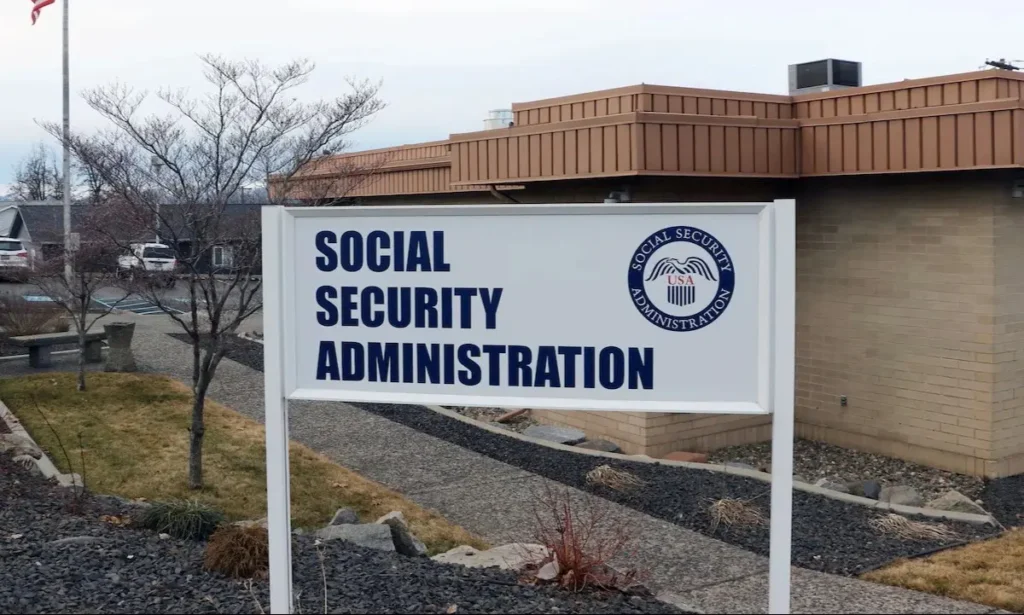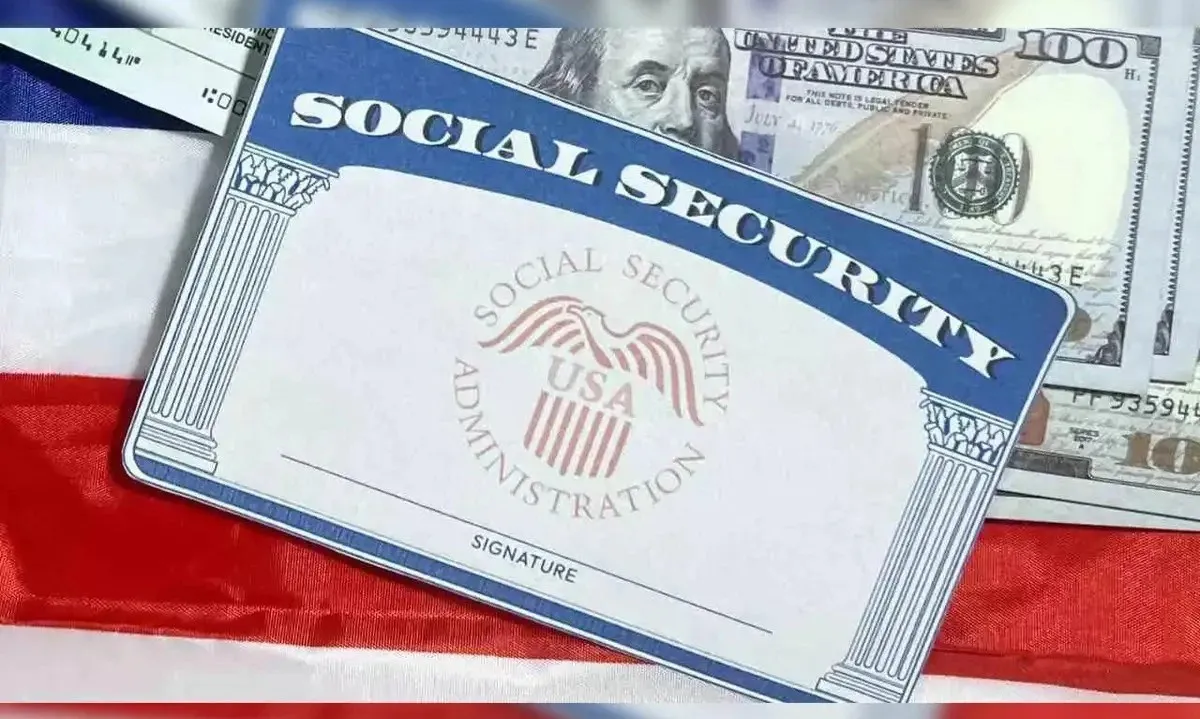Social Security remains one of the most important programs in the United States, supporting retirees, disabled workers, and families of deceased workers. In 2025, the system is undergoing significant changes that affect how benefits are calculated, paid, and managed. For millions of Americans who rely on these payments, keeping up with these updates is essential.
Cost-of-Living Adjustment for 2025
This year, Social Security and Supplemental Security Income (SSI) beneficiaries received a 2.5 percent cost-of-living adjustment. That increase began in January 2025 and affects more than 72 million Americans. For SSI recipients, the maximum federal monthly payment rose to $967 for individuals and $1,450 for couples. While any increase offers some relief, many seniors argue that rising costs for healthcare, groceries, and housing continue to outpace these adjustments. The Social Security Administration explains the formula on its official website, and those interested can review the annual updates directly on ssa.gov.
The End of WEP and GPO Rules

One of the most widely discussed developments is the repeal of two controversial rules the Windfall Elimination Provision (WEP) and the Government Pension Offset (GPO). Signed into law in January 2025, the Social Security Fairness Act restores full benefits to millions of retirees, particularly teachers, firefighters, and other public employees who previously saw their benefits reduced. This change has been celebrated by workers who spent their careers in public service. For many families, it means hundreds of extra dollars in their monthly benefit checks. You can read more about this legislative change on the Social Security Fairness Act page.
Moving to Direct Deposit Payments
Starting September 30, 2025, Social Security payments will no longer be issued as paper checks. All beneficiaries are expected to switch to direct deposit or the Direct Express debit card program. The Social Security Administration says this change is meant to cut costs, improve security, and reduce the risk of fraud. For people who do not have a bank account, there will still be a waiver process available, but it requires approval from the U.S. Treasury. It is important for beneficiaries to make the switch as early as possible to avoid payment delays. More details about payment methods are available on the SSA website.
Identity Verification and In-Person Applications
Another big shift in 2025 is how people apply for Social Security benefits. The SSA now requires stricter identity verification, and many applications must be completed either online or in person. Applying over the phone is no longer an option for most retirement, survivor, or family benefits. Exceptions remain for programs like SSI, Medicare, and disability benefits. The agency says these changes are necessary to reduce fraud, but many seniors and advocacy groups worry that the process will be more difficult for people without easy access to technology or transportation.
Questions About Long-Term Funding
Perhaps the most pressing issue is the financial future of Social Security. According to the 2025 Trustees Report, the Old-Age and Survivors Insurance Trust Fund may be depleted by 2032 if no action is taken. That would not mean the program stops paying benefits, but it could result in reduced payments for future retirees. Lawmakers are debating different solutions, such as raising the income cap for payroll taxes or adjusting benefit formulas. One proposal, called the “You Earned It, You Keep It Act,” would eliminate taxes on Social Security benefits and extend the life of the program by raising payroll contributions from high earners. The full details of the trust fund outlook can be found in the SSA Trustees Report.
What It Means for You in 2025
The changes happening in 2025 highlight both the strengths and challenges of Social Security. On the positive side, millions of retirees who were unfairly penalized under WEP and GPO are finally seeing fairer benefits. Cost-of-living adjustments, though modest, continue to provide some cushion against inflation. At the same time, stricter identity verification rules, the end of paper checks, and uncertainty about long-term funding are reminders that this program is still adapting to modern needs. For beneficiaries, the best step is to stay informed, make sure payment details are updated, and keep an eye on official announcements from the Social Security Administration.
Social Security in 2025 is at a turning point. Beneficiaries are seeing long-awaited improvements, but also facing new challenges with technology, identity rules, and funding questions. What remains clear is that Social Security is still a lifeline for millions of Americans. By keeping track of these updates, planning ahead, and making use of official resources, you can make sure you are prepared for the years ahead.



